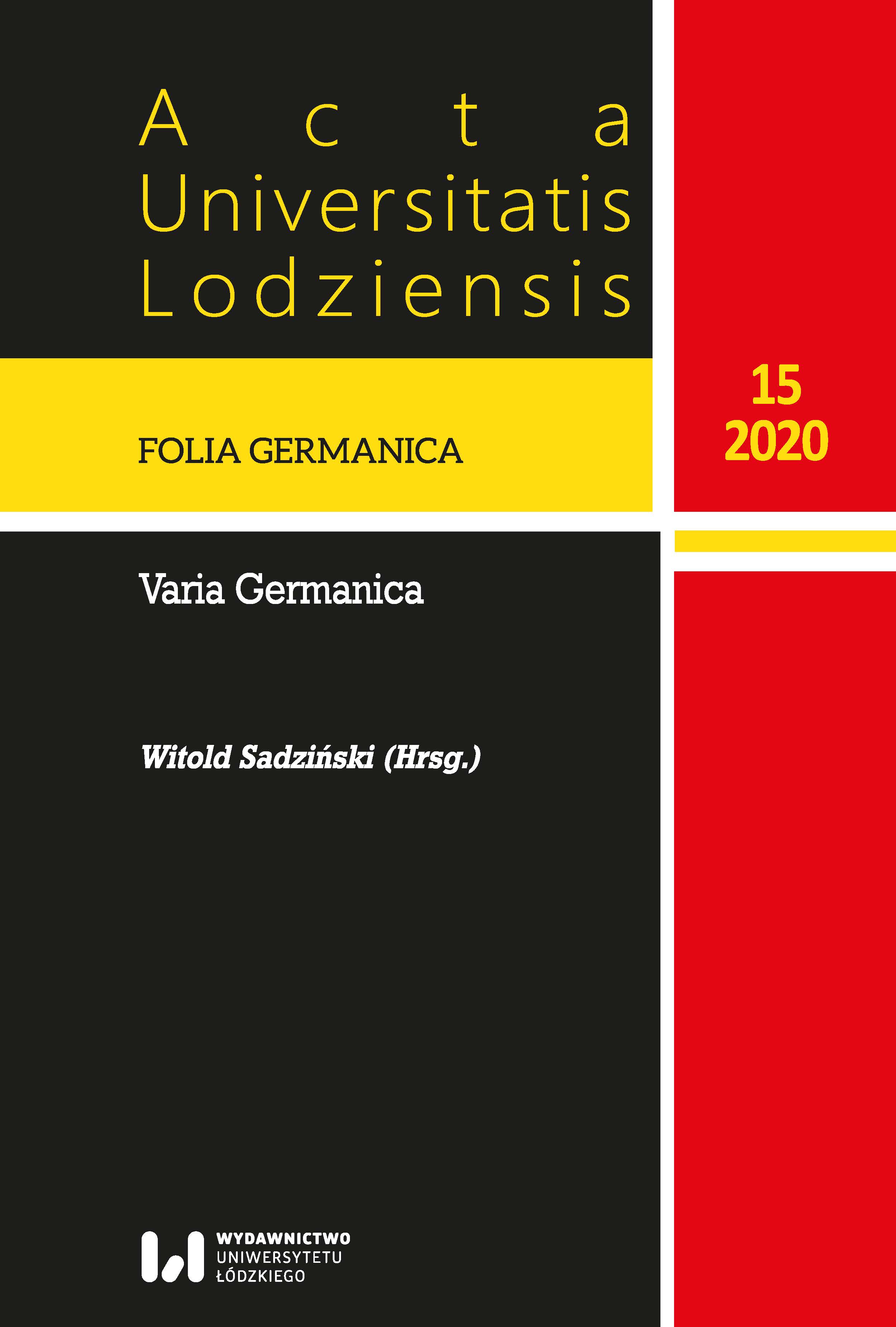Dwie germańskie nazwy śledzia
Two Germanic words for ‘herring’
Author(s): Krzysztof Tomasz WitczakSubject(s): Language and Literature Studies
Published by: Wydawnictwo Uniwersytetu Łódzkiego
Keywords: etymology; Finno-Ugric borrowings; fish terminology; Germanic vocabulary; language contact; marine animals; Northern Europe; Proto-Indo-European; Uralic languages
Summary/Abstract: The paper discusses the origin of two Germanic terms for ‘Atlantic herring, Clupea harengus L.’. The Proto-Germanic noun *siled- m. ‘herring’, attested in most North Germanic languages (e.g. ON. sild, Far. síld, OSv. sild, Sv. sill, Norw. sil), cannot be treated as inherited. It seems to represent a Saami (or Laponian) borrowing, cf. Saa. (Northern) sâlled, (Lule) sallēt ‘herring’ < Proto-Saami *silä-tɜ ‘herring’ (orig. ‘fat fish’) < Ur. *śilä ‘fat, grease, esp. fish grease’). The competing Germanic appellative *hēringaz (< *hairingaz) m. ‘Clupea harengus L.’ is well-attested in the West Germanic languages (cf. E. herring, Du. haring, G. Hering), as well as in Romance (cf. It. arenga, Fr. harenge, Prov. arenc, Sp. arenque). It cannot be excluded that the Old Frisian word hēreng represents the original source of the European borrowing. The word in question is a Proto-Germanic innovation derived from the adjective *hairaz ‘gray’ by means of the common suffix *-ingaz, cf. the two old appellatives *bukkingaz m. ‘hot-smoked herring’ (< PG. *bukkaz m. ‘he-goat’) and *hwītingaz m. ‘whiting, the marine fish Merlangius merlangus L.’ (< PG. *hwītaz adj. ‘white’).
Journal: Acta Universitatis Lodziensis. Folia Germanica
- Issue Year: 2020
- Issue No: 15
- Page Range: 9-18
- Page Count: 10
- Language: Polish

